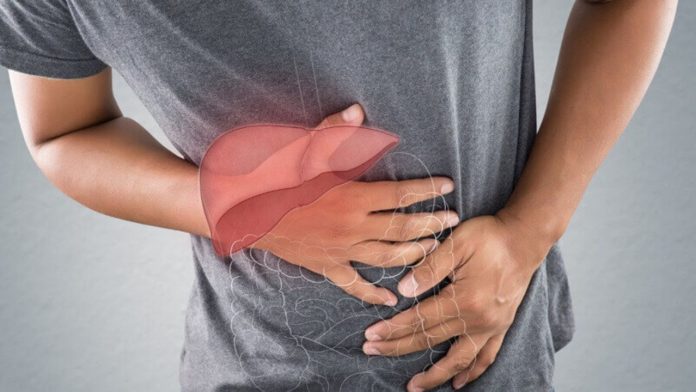Often called piles, hemorrhoids are swollen, inflamed blood vessels located in the anorectal area. Initially, they frequently cause painless bleeding during bowel movements, but they can also cause pain and discomfort. Additionally, hemorrhoids may cause swelling and irritation around the anal area.
Reasons behind Hemorrhoids
Numerous things can result in hemorrhoids. About 35% of pregnant women experience these, which include weakening of the rectal tissues and hormonal changes during pregnancy. Hemorrhoids are more common in those over 50, but they can also strike younger people. By exerting pressure on blood arteries, constipation and persistent diarrhea both contribute to their development. Extended sitting can increase the risk, particularly when using the restroom. Additionally, a low-fiber diet and frequent heavy lifting can raise the risk of hemorrhoids. Due to increased abdominal pressure, being overweight increases the risk, and some people are genetically predisposed to hemorrhoids. Additionally, nicotine encourages the development of hemorrhoids.
Symptoms
Internal hemorrhoids can result in rectal bleeding since they frequently produce little discomfort and may go undiagnosed. Rectal hemorrhage, masses near the anus, and an itchy or painful anus are all signs of external hemorrhoids, which are more visible. Hemorrhoids that prolapse might hurt and need to be manually adjusted.
Diagnosis and Treatment
It is best to consult a general surgeon who can evaluate your situation, provide a final diagnosis, ascertain the extent of your hemorrhoids, and formulate a course of therapy. Furthermore, the surgeon could conduct a colonoscopy or sigmoidoscopy to look into any possible underlying reasons why hemorrhoids occur.

 हिंदी
हिंदी






